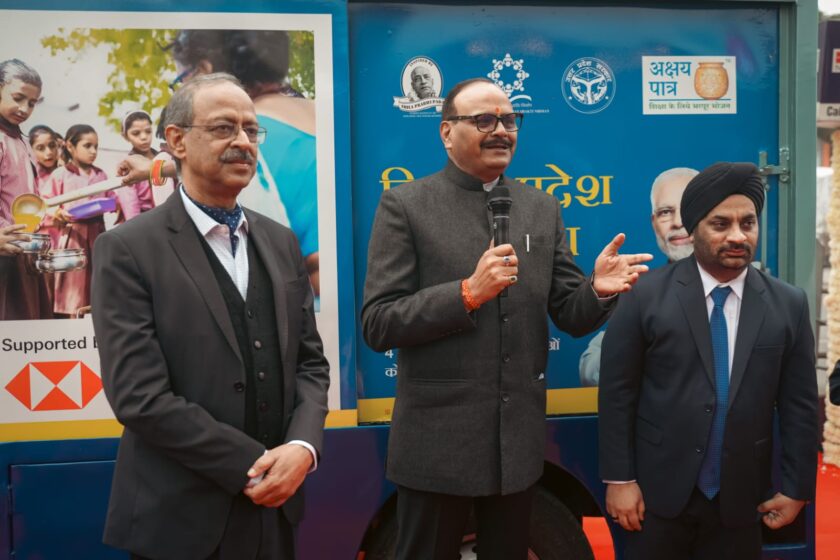Kazan: The meeting between Indian Prime Minister Narendra Modi and Chinese President Xi Jinping in Kazan, Russia on the sidelinbes of the BRICS Summit has attracted global attention. This marks the first high-level discussion between the two nations since the Galwan Valley clash in 2020, which significantly strained relations between India and China. Occurring amid a backdrop of escalating global tensions, including the U.S.-Russia conflict and the China-Taiwan issue, this meeting holds significant importance for both nations and the international community. The strategic motivations and potential outcomes are essential to understand the timing and significance of this newfound bonhomie.
A break from the usual chill
The meeting is not an isolated event but the culmination of several diplomatic and strategic calculations by both countries, especially after the Galwan conflict in 2020. There are multiple reasons that motivated both sides to engage in dialogue at this juncture.
India’s Motivations
- Modi’s Peace Diplomacy: Prime Minister Narendra Modi has consistently advocated for resolving disputes through diplomacy and dialogue. Whether it’s the ongoing Russia-Ukraine war or the Israel-Middle East conflict, Modi has taken proactive steps to facilitate peace and dialogue. Following the Galwan Valley incident, India has kept diplomatic channels open with China to de-escalate tensions along the border.
- Rejection of U.S. Pressure: India has long been perceived as being under U.S. influence, with American policymakers suggesting that Russia would not back India in case of a conflict with China. However, India’s decision to pursue a peace initiative with China undermines this narrative. India is reinforcing its strategic autonomy by maintaining an independent foreign policy rather than aligning itself entirely with the U.S. This meeting shows India’s desire to balance relations with global powers, including China.
- Strategic Independence: India, under the leadership of External Affairs Minister S. Jaishankar, has asserted its strategic autonomy, ensuring that national interests take precedence over foreign pressure. Whether dealing with Russia or the U.S., India’s decisions remain focused on its own goals
- China as an Important Neighbor: India shares a 3,500-kilometer border with China, and despite tensions, trade between the two countries exceeds $110 billion. As two of the world’s largest economies, both nations have strong economic incentives to stabilize relations.
China’s Motivations
- India’s Position on Taiwan: China’s ambitions concerning Taiwan, with plans for potential reunification by 2025, play a key role in its foreign policy. Through this meeting, Xi Jinping likely aims to ensure that India does not take an opposing stance on Taiwan.
- Managing U.S. Pressure: China is under increasing pressure from the U.S., especially regarding issues such as Taiwan and the South China Sea. India, considered a strategic partner in America’s Indo-Pacific strategy, is crucial in this equation.
- Quad Rivalry: China views the Quad (India, the U.S., Australia, and Japan) as an emerging threat, often referred to as the “Asian NATO.” Although the Quad is not a military alliance, China perceives it as a counterbalance to its influence in Asia.
- Political Shifts in Bangladesh: Recent political changes in Bangladesh, a key Chinese ally, have added to China’s strategic concerns. With the increasing influence of the U.S. in Bangladesh, China is wary of losing influence in the Bay of Bengal region
- India’s Growing Global Influence: India’s growing stature in the international community has become evident in its independent and balanced approach to conflicts such as the Russia-Ukraine war and the Israel-Middle East crisis. As the world’s third-largest economy, India’s strategic and diplomatic power is on the rise, and China recognizes that maintaining hostility with India could undermine its own influence.
The Impact of the Meeting on Global Relations
The Modi-Xi meeting is more than just a bilateral discussion; amidst global tensions involving the U.S., Russia, and China—this meeting has the potential to shift regional and global dynamics.

Diplomatic Balancing Act
For India, this meeting signals a careful balancing act. India has built strong ties with the U.S. and other Quad members, but improving relations with China allows India to maintain autonomy in its foreign policy. It underscores India’s growing role as a global mediator capable of engaging with multiple world powers.
China’s Strategy to Counter U.S. Influence
For China, improving relations with India may help it counter U.S. influence in Asia, particularly in the Indo-Pacific. This meeting could result in China taking a softer approach to its dealings with India, allowing it to focus more on its challenges in the South China Sea and Taiwan.
History of Modi and Xi’s Interactions
The Modi-Xi meeting in Kazan is not their first interaction, although it is their first formal meeting since the 2020 Galwan conflict. The two leaders have met over 20 times, including informal discussions during international summits.





